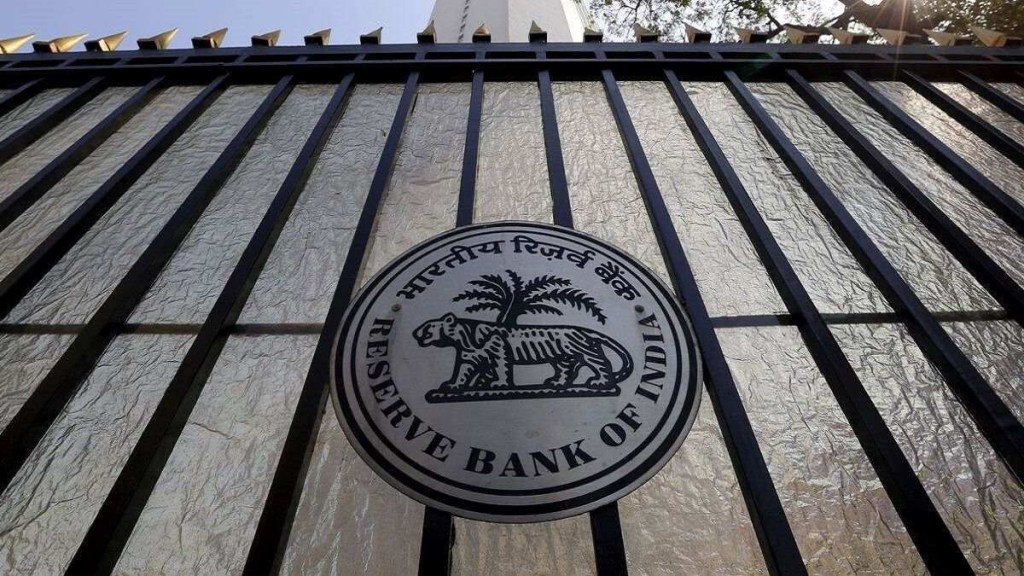Even as it maintains financial stability and ensures that lenders stay healthy, the central bank has a responsibility towards bank customers as well. That explains the Reserve Bank of India’s (RBI) circular on Friday that prescribed the broad guidelines aimed at minimising systemic risk and ensuring that these are complied with by lenders. The RBI reiterated that lenders must be more transparent and open with their customers when it comes to the terms of repayment of loans. Borrowers must be permitted to switch to a fixed rate of interest from a floating rate interest if they so wish. The reason for the RBI’s circular is that apparently not all lenders are accommodating their customers’ requests.
While lenders can decide on the number of switches that are allowed during the life of the loan—based on a board-approved policy—all charges and conditions must be stated up front and made abundantly clear. It is unfortunate that lenders are not being transparent enough. The RBI’s directive that banks must clearly communicate to the borrowers about the possible impact of a change in benchmark interest rate on the loan leading to changes in EMI and/or tenor or both thus makes ample sense. Borrowers have been complaining that the benefits of lower interest rates are not passed on, at least not soon enough. Moreover, the fee charged by lenders to switch is often arbitrary. It is unacceptable if, as the central bank has observed, there are instances where banks have altered the terms of repayment without receiving proper consent from borrowers. In any case, the information provided to customers should be put forward simply so that it is easy to comprehend.
Banks are unlikely to allow very frequent switches during the life of a home loan which is typically for a period of 20 years. For shorter-term loans of three years, one switch may be allowed. That flexibility should be given to lenders since they are best placed to assess how much they can raise via deposits and how the cost of their borrowings will move over the years. Banks cannot be expected to offer borrowers the option to constantly switch from one repayment mode to the other and put their margins at risk.
The central bank has also come out strongly against banks charging a penal rate of interest, when a borrower defaults or fails to comply with the terms of the loan contract. Ostensibly, some lenders are adding penal rates of interest to the applicable interest rates rather than simply imposing a penalty. While borrowers can be difficult to deal with, penal interest rates are not meant to be used as a means of enhancing revenues. The central bank has mandated that any penalty should be treated as penal charges and should not be levied in the form of penal interest. Again, the charges must be approved by the boards and clearly communicated to customers in the loan agreement and also displayed on the websites. The fact that the RBI has been forced to come out with detailed instructions reveals the arbitrary and discriminatory practices of lenders. In fact, the central bank has gone to the extent of saying that the penal charges levied on non-business loans given to individuals that have breached the contract, should not be higher than the penal charges applicable to non-individual borrowers. This might seem like micro-management but banks clearly need some disciplining.

